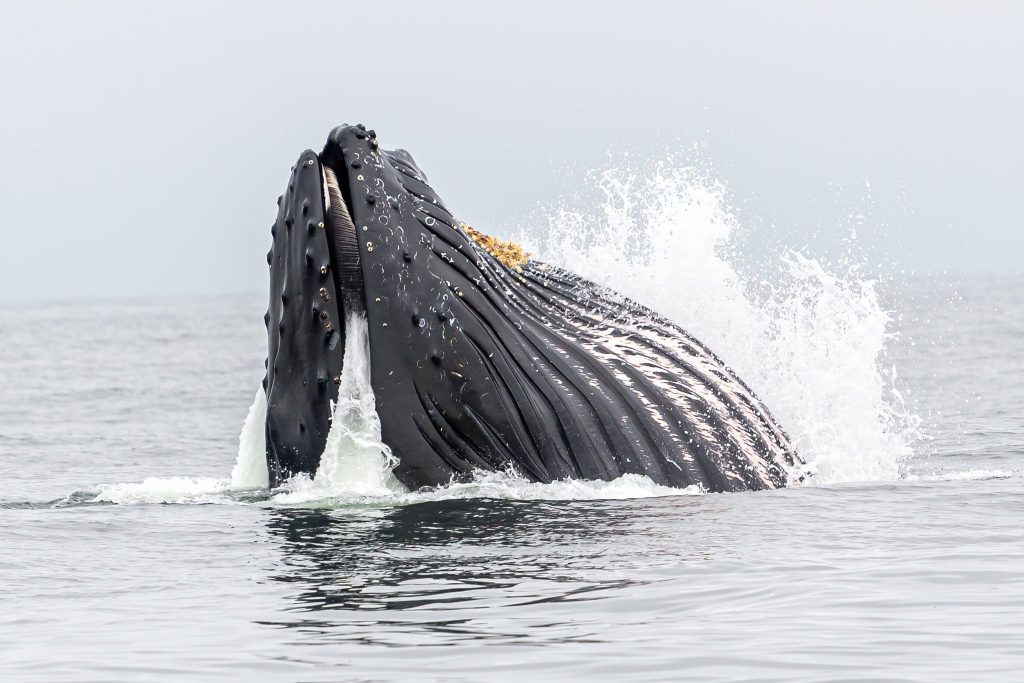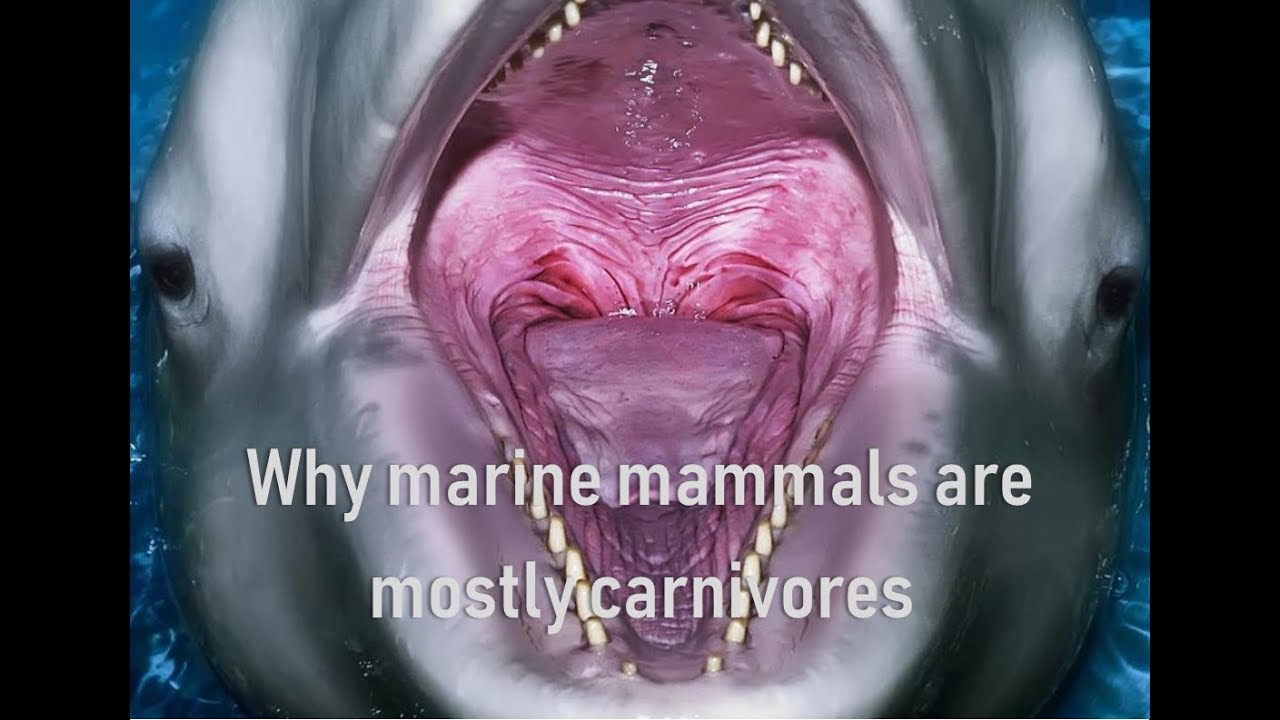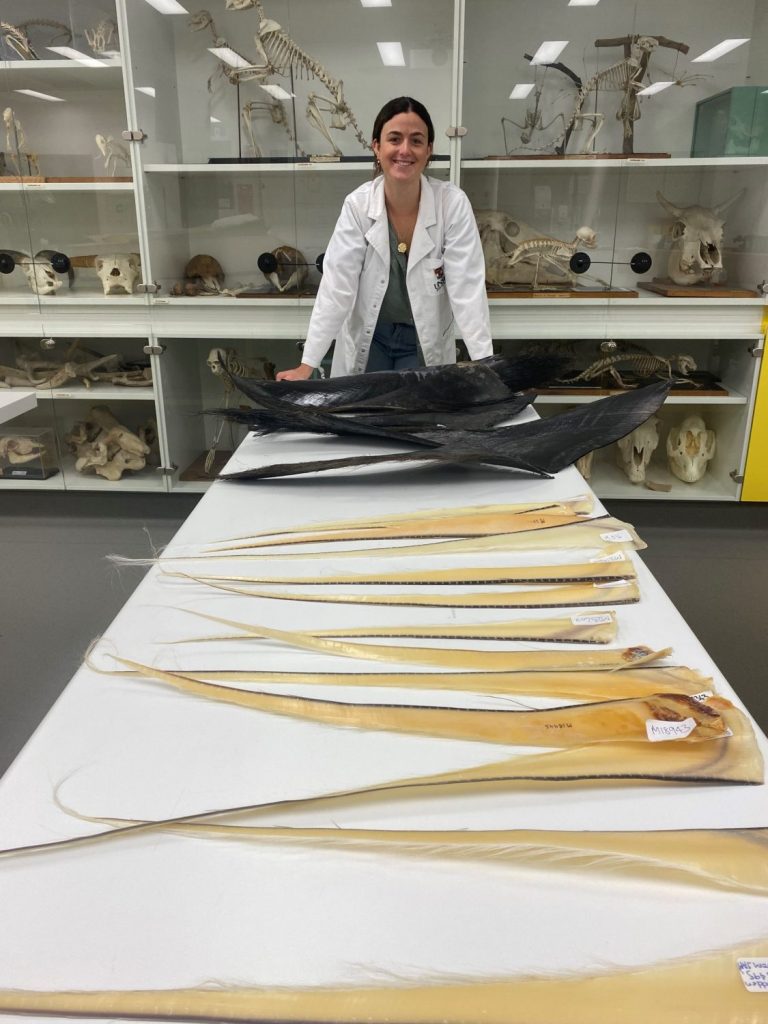Eating Like a Whale
The Suction Method Diet
This is not the latest fad food diet! It’s the way that baleen whales eat their food – by sucking it up.
Not great table manners, but who is going to point that out to 180,000 kilos of blue whale? Anyway, they would just blame evolution, as Professor Tracey Rogers explains in this fascinating 4-minute video.
Most carnivorous land mammals have front paws or hands to hold their food, allowing them more accuracy when biting and tearing to eat. They can hunt large prey and eat in bite-sized mouthfuls. We crazy humans have even invented tools to help us out – use your cutlery, kids.
Love Sushi?
Not needing cutlery, marine mammal forelimbs evolved into flippers, to facilitate speed through water, so they can’t hold their prey down. This means they have to consume prey smaller than themselves. Each morsel of food needs to come ‘pre-packaged’, as a mouth-sized fish. Think millions of sashimi in every mouthful.
So the suction method evolved, known as filter feeding.
Suck It Up, Sweetie
Over time the baleen whales, like the majestic humpbacks that grace the east coast of Australia, developed ‘baleens’: broom-like fibrous plates that sieve the sea water for prey. Baleen whales live almost exclusively on tiny krill, crustaceans which, luckily for the whales, school in massive numbers.

Fast Food For Whales
The whale approaches the school at speed from below. At the last minute it opens its enormous mouth and sucks in the krill. Then it expels the water through the baleen sieves, leaving a tasty mouthful of krill behind for swallowing. A humpback whale needs to consume up to 4000 kilos of krill, every day.

That’s a food source that needs protecting for the survival of the whales. Sadly, it is a food source that is under threat, from chemical and plastic pollution in waterways and rising sea temperatures.
That makes a poisonous mouthful for the whale.
We know that microscopic plastic is everywhere in our oceans. As the baleen whale rushes towards a school of krill, it cannot discern shellfish from plastic. That makes a poisonous mouthful for the whale. Find out more here.
Join Gowings Whale Trust to support the environmental activists doing this important work.
Learn more about filter feeding here: How many people can fit inside a blue whale’s mouth?




